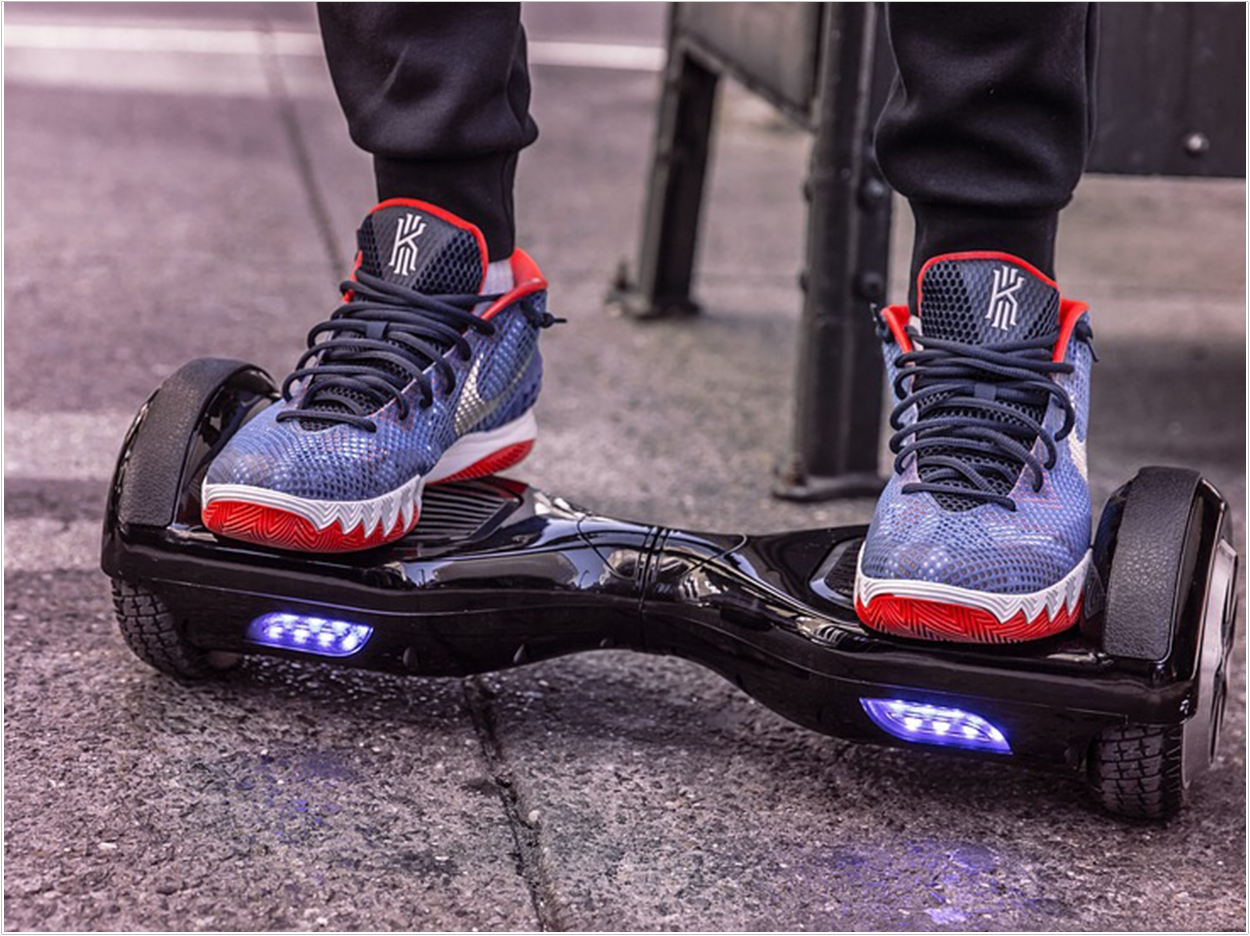
Head injuries involving hoverboards are more severe among adults, according to a multi-institution team of researchers, who recommend helmet use to prevent these injuries.
Operated hands-free, hoverboards are battery-powered, two-wheeled scooters that have been sold since 2015. Riders shift their weight to trigger the hoverboard’s gyroscopic pads. Hoverboards can reach 15 mph on turns, and burns from battery pack fires and explosions have prompted product recalls, the researchers said.
The researchers examined emergency department records of craniomaxillofacial injuries from hoverboards in the National Electronic Injury Surveillance System from 2015 to 2018. Of the 440 patients, 51% were males, and 74% were 18 years old or younger. Injuries most often occurred to the head (73%), face (19%), and mouth (8%).
The head injuries were more severe during the summer, though most injuries occurred during the winter (38%) and at home (77%), possibly because hoverboards are received as holiday gifts and used by novices.
Adults were three times more likely to have facial fractures and twice as likely to be admitted to a hospital than children. The lower rate in children results from their facial structures, such as elastic bones, the researchers said, citing other studies.
The overall hospital admission rate for patients was 4.3%. The admission rate was higher for patients with facial fractures and injuries within the skull, but the admission rate was lower for soft-tissue injuries.
While most injuries occurred at home, they were more severe when they occurred on the street, with a 12% hospital admission rate compared to a 2.8% rate for injuries at home. With a higher number of facial fractures and hospital admission, injuries during the summer also were considered more severe. Hoverboarding outside involves higher speeds and rougher surfaces and is possibly more popular during warm conditions, the researchers said.
Due to the most common diagnosis of injuries within the skull, the researchers recommend that riders wear helmets. Men and children were less likely to use helmets, according to the study. The researchers said they were unable to draw a strong connection between helmet use and type of injury.
Further, the researchers said, if the popularity of hoverboards continues to increase among consumers, accident prevalence is likely to rise. Consumer education about protective equipment and safe operation will be necessary to reduce these injuries, the researchers said.
The study, “What Are the Predictors of Craniomaxillofacial Injuries from Hoverboard Accidents?” was published by the Journal of Oral and Maxillofacial Surgery.
Related Articles
Researchers Develop Outpatient Protocol for Lower Jaw Fractures
Motorized Scooters Yield More Severe Injuries Than Nonmotorzied Scooters
Skull Fractures Lead Skateboarding Injury Tally












